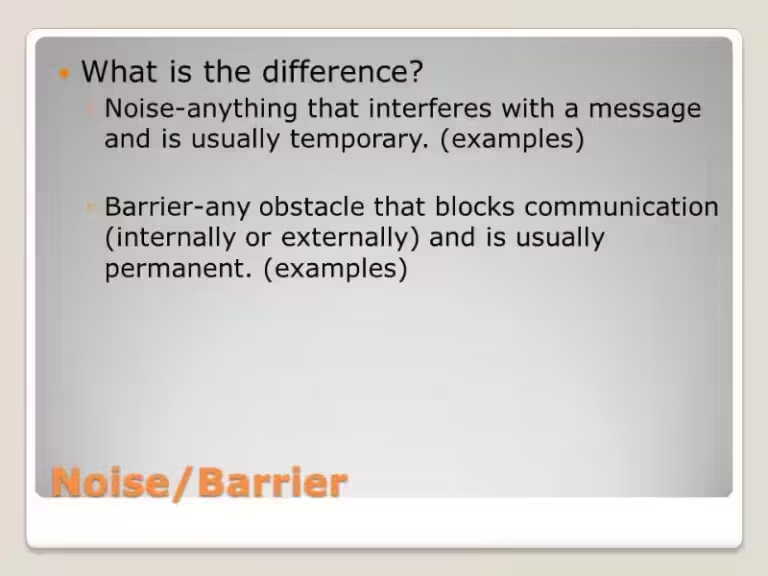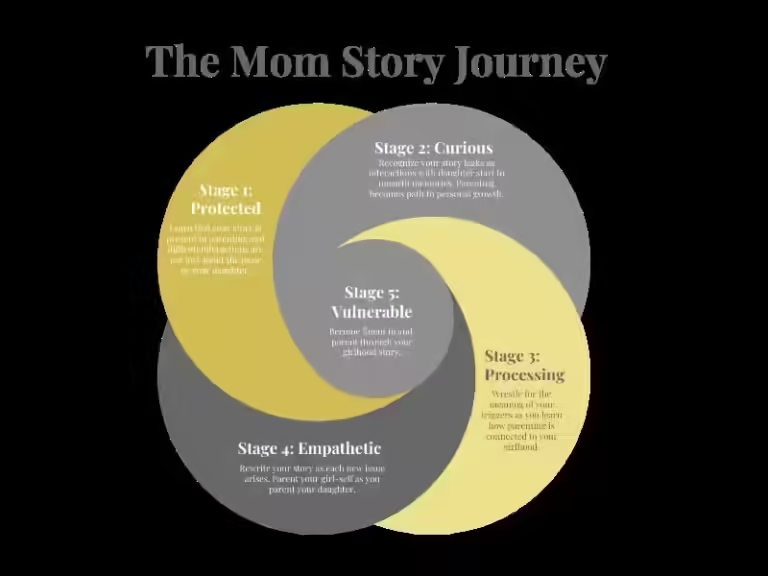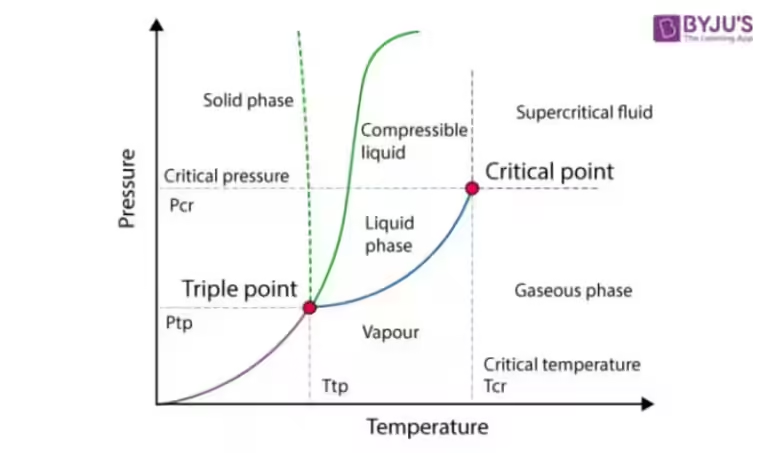The Interruptions That Shape Our Messages

Communication is a delicate dance, a symphony of words, expressions, and gestures orchestrated to convey meaning. But even the most carefully crafted message can be disrupted, distorted, or lost entirely in the cacophony of life. These disruptions, often temporary, act as unwelcome guests at the communication party, interrupting the flow and impacting the intended meaning.
Imagine you're excitedly sharing a funny story with a friend, eager to see their reaction. Suddenly, a loud siren blares, cutting through your narrative like a knife. The interruption, though temporary, has irrevocably disrupted the moment. Your friend, momentarily distracted, might miss the punchline or fail to fully appreciate the humor. This is just one example of how noise, a term used in communication theory, can interfere with the smooth transmission of information.
The Many Faces of Noise
Noise is not confined to physical sounds like sirens. It can manifest in various forms, each posing a unique challenge to clear communication. We can categorize these forms of noise into four main categories:
1. Physical Noise
This is the most obvious form of noise, encompassing any literal sound that disrupts the communication process. Think of a noisy street, a barking dog, or a constant chatter in a crowded room. These external sounds can make it difficult to hear and understand the message, especially when the speaker is trying to convey subtle nuances or complex ideas.
2. Physiological Noise
Our own bodies can also act as sources of noise, interfering with our ability to send or receive messages effectively. Hunger pangs, a throbbing headache, or even a sudden wave of exhaustion can distract us and hinder our focus on the communication at hand. Imagine trying to listen to a lecture when your stomach is grumbling, or attempting to deliver a presentation while battling a persistent cough. These physiological states can make it hard to pay attention or clearly express ourselves.
3. Psychological Noise
This type of noise involves distractions within our own minds. Worry, stress, anxiety, personal biases, and strong emotions can all cloud our judgment and make it difficult to process information objectively. If you're preoccupied with an upcoming deadline, for example, you may miss important details during a conversation or fail to fully engage with the speaker's message. Our inner thoughts and feelings can become a significant barrier to clear communication.
4. Semantic Noise
This type of noise arises from differences in language or interpretation. When the sender and receiver have different cultural backgrounds, use different dialects, or possess varying levels of knowledge about a topic, semantic noise can occur. Imagine trying to explain a complex technical concept to someone without a background in that field. The words you use might be unfamiliar, and the meaning you intend to convey could be lost in translation. Misunderstandings and confusion can arise, hindering effective communication.
Overcoming the Noise
While noise is an inevitable part of communication, it doesn't have to be an insurmountable obstacle. By recognizing and addressing these disruptions, we can improve the clarity and effectiveness of our messages. Here are some strategies to overcome the noise and ensure your message is heard:
- Choose the Right Environment: When possible, select a quiet and distraction-free setting for important conversations. This minimizes physical noise and allows for better focus.
- Be Mindful of Physiological Needs: Ensure you are well-rested, hydrated, and have addressed any immediate physical needs before engaging in communication. This reduces the impact of physiological noise.
- Practice Mindfulness: Cultivate awareness of your own thoughts and emotions to minimize the impact of psychological noise. Take a moment to center yourself before engaging in a conversation, especially when dealing with sensitive or emotionally charged topics.
- Clarify Language: Use clear and concise language, avoiding jargon or technical terms that might be unfamiliar to the receiver. Ask for clarification if you're unsure about the meaning of something, and encourage the other person to do the same.
- Use Visual Aids: Incorporate visuals, diagrams, or examples to illustrate your points and make the message more accessible, especially when dealing with complex topics.
- Active Listening: Pay close attention to the speaker's words, body language, and tone of voice. Ask questions to ensure understanding, and paraphrase key points to confirm comprehension. This helps to overcome semantic noise and ensure the message is received accurately.
The Value of Overcoming Noise
By actively minimizing noise in our communication, we create a foundation for understanding, empathy, and connection. We can build stronger relationships, foster collaboration, and achieve shared goals. The ability to overcome noise is a valuable skill, essential for navigating the complex and often chaotic world of communication.
So, the next time you find yourself struggling to communicate effectively, take a moment to reflect. Is there any noise interfering with the message? Are you able to identify the source of the disruption? By recognizing and addressing these temporary interruptions, you can ensure your message is heard, understood, and appreciated, fostering meaningful connections and enriching your communication experience.
Frequently Asked Questions: Interference in Communication
What are some common examples of temporary communication interference?
Temporary communication interference can include things like:
- Network outages: These can be caused by a variety of factors, such as power outages, server issues, or heavy network traffic.
- Technical glitches: These can include things like dropped calls, internet connection problems, or software errors.
- Environmental factors: Noise, distractions, and physical barriers can all interfere with communication.
- Physical limitations: Temporary illnesses or injuries can also affect communication abilities.
How can I identify and overcome temporary communication interference?
- Check for obvious causes: Is there a power outage? Is your internet connection down? Are you in a noisy environment?
- Try a different communication method: If you're having trouble with a phone call, try texting or emailing instead.
- Take a break: Sometimes, a short break can help clear your head and allow you to communicate more effectively.
- Be patient: Temporary interference is usually temporary, so be patient and try again later.
What can I do if I'm experiencing temporary communication interference while I'm trying to communicate with someone?
- Explain the situation: Let the other person know that you're experiencing some interference and that you'll try to continue the conversation as soon as possible.
- Use alternative methods: If possible, try to switch to a different communication method, such as texting or email.
- Be understanding: Remember that everyone experiences communication interference from time to time.








